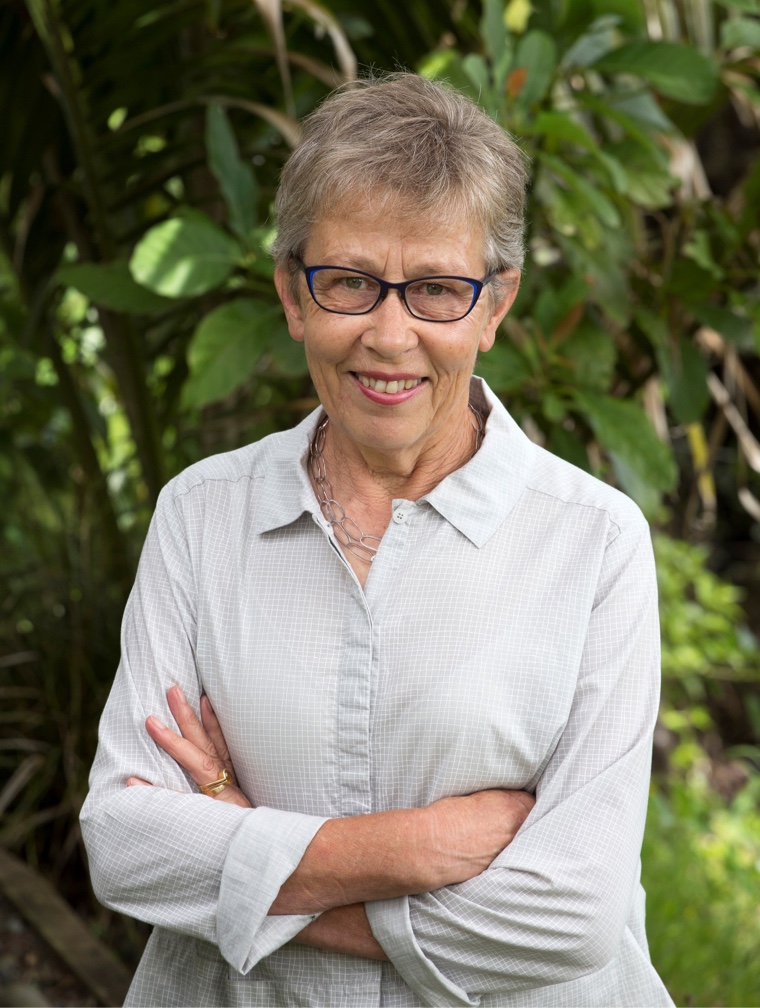Tree Sense – Ways of thinking about trees
I dipped in and out of it, reading it out of order, first examining pull-out artwork, reading about them, and then back-tracking to lyrical words.
Next, I read the first and last movements of writing by author, journalist and scholar Susette Goldsmith, who has edited the 253-page publication.
Her introduction is a people-versus-tree tale about the fate of a pōhutukawa and her last piece is about a leafy grove of karaka on Taranaki St in Wellington.
In between, the book offers more images and illuminating essays from a variety of contributors including a botanist, horticulturalist, curators, professors, environmentalists and editors.
Poet Elizabeth Smither, plantsman and author Glyn Church, former New Plymouth resident Meredith Robertshawe and, of course Susette herself, are among those with strong Taranaki roots.
The editor has added everything to help readers understand the contents. Included is an indigenous plant list, glossary, research sources, and details about the illustrations and contributors.
While beautifully presented, it’s also an annoying book — for my husband.
Because, as I was browsing in bed, I had to share fascinating facts with the man of many sighs, who hates being interrupted while reading.
Blithely, I sailed on reciting interesting information, while he hid his face behind an open dystopian novel.
“Tōtara was the most significant tree to most iwi because it was used to make waka and for whakairo,” wrote botanist, ecologist and award-winning author Philip Simpson in the chapter, A Walk in the Bush.
Kennedy Warne, writer, photographer and co-founder of New Zealand Geographic, continued the tale, writing that a tōtara selected for future use in a waka, received a long and broad vertical gash in its bark. “Such trees respond to having their bark cut by laying down extra wood on that side, creating a density of timber suitable for the bottom of a canoe hull.”
Glyn, from England, says the trees of Aotearoa New Zealand are bizarre by world standards and the country is one of three “botanical arcs”, which are floating islands with hundreds of unique plants. “Out of 2300 different species, roughly 80 per cent of our plants are endemic.”
There’s so much more, including learning how there was a movement to plant trees and save native forests in the 1930s and 1940s, and of course I had to recite Needful Dependency written by New Zealand’s first female poet laureate.
In this poem, Elizabeth Smither explores the human necessity of trees to create oxygen.
Finally, I stopped talking and, while slowly breathing, read Meredith’s chapter about Reuben Paterson’s sparkling sculpture of a full-sized tree: “The Golden Bearing asks us to look twice, to reflect and to consider — what is the essential treeness of a tree?”
And so, as I turned off my light and snuggled down, mind playing visions of leaves, trunks, branches, flowers, seeds and what is meant by the title, Tree Sense.
